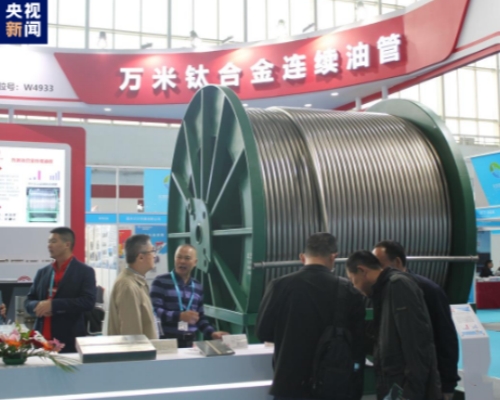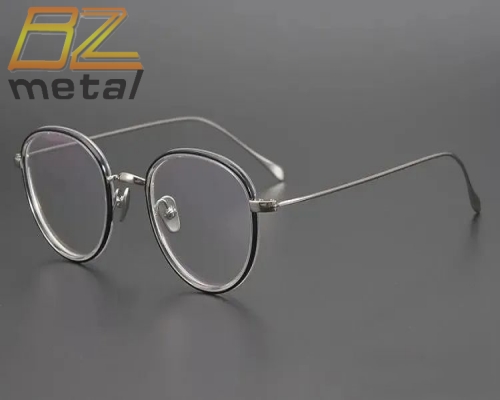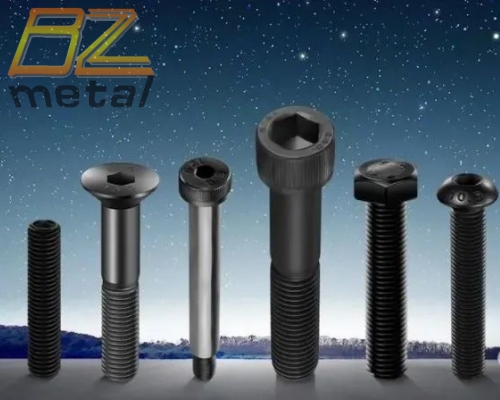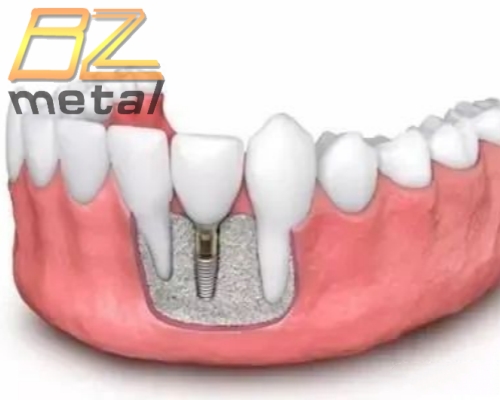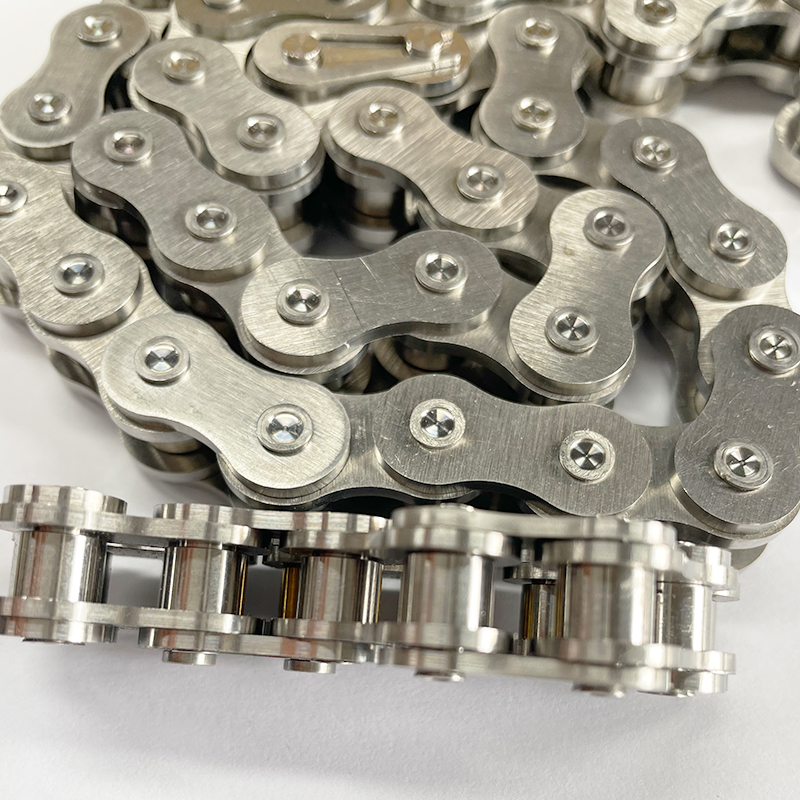The Development Trend of Titanium Alloy Materials
The Development Trend of Titanium Alloy Materials
From 2011 to 2016, China's demand for titanium materials declined, followed by a sharp upward trend. Since 2008, China's titanium demand has generally shown an upward trend. In 2011, the titanium market reached a phased high point. Since then, domestic titanium demand has begun to decline. China's titanium industry has experienced structural overcapacity. The supply of upscale titanium materials for aviation is in short supply, and there is a serious overcapacity of low-end titanium materials for civil use. Driven by the demand of high-end chemical, aerospace, shipbuilding and electric power industries, the demand for titanium processing materials in our country continues to hit new heights.
1. Batch Stability Control Technology For Titanium Alloy Material Quality
The batch stability of titanium alloy material quality directly affects the performance and safety of high-end equipment, and its control technology development is an eternal topic. The batch stability of mass production quality is affected by factors such as process advancement, equipment status, and on-site operation normality, and as the specifications of titanium alloy ingots and bars continue to increase, it is necessary to invest heavily in research and development to improve the rationality of the process and identify key elements of process quality control, thereby improving the batch stability control technology of titanium alloy material quality to meet the requirements of high-end fields.
2. Preparation Technology of Large Titanium Alloy Ingots, Bars and Forging Blanks
In order to improve equipment performance and structural efficiency, reduce structural weight, shorten production cycles and control costs, the amount of titanium alloy parts for new military aircraft, civil large airliners, and various aero engines is increasing, and the proportion of titanium alloy parts is getting higher and higher. The overall structure of the parts is getting higher and higher. For example, the blades and blades are replaced by the overall blades, multiple frame beams are replaced by the overall frame, and the diameter of the engine casing and drum is also getting larger and larger. In recent years, a number of large-scale die forging and forming equipment in our country have been put into operation, and large-tonnage forming technology has developed rapidly. A large number of components of more new types of military aircraft and large aircraft in our country have clearly adopted the integrated manufacturing process route from the beginning of the design, and the specifications of titanium alloy bars and forging blanks for related parts and forgings are also getting larger and larger. The preparation technology of large-scale titanium alloy ingots, bars and forging blanks is still one of the important directions of industry technology development.
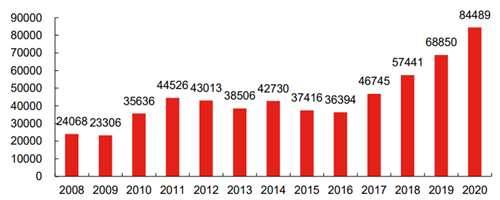
3. Research and Development of Ultra-High-Strength and High-Toughness Titanium Alloys and High-Temperature Titanium Alloys
As the structural efficiency requirements of new aviation equipment become higher and higher, the demand for ultra-high-strength and high-toughness titanium alloys is becoming more and more urgent. Relevant domestic units have also successively carried out the development of ultra-high-strength titanium alloys above 1,350MPa. Ultra-high-strength and high-toughness titanium alloys of 1300MPa+60MPa•m1/2 grade have been developed in China, and ultra-large-strength and high-toughness titanium alloy materials with a single weight of 5 tons and a cross-section thickness of nearly 400mm have not yet appeared in foreign countries. Ultra-high-strength and high-toughness titanium alloy materials for large-scale forgings. The technical maturity of ultra-high-strength and high-toughness titanium alloys needs to be further improved. High-temperature titanium alloy is a key material for aviation engines. The operating temperature can range from 300℃ to 600℃. It can replace some high-temperature alloys and stainless steel. It is used in the manufacture of engine and gas turbine blades, discs, chassis, drums and other engine parts. Foreign IMI834 titanium alloy is currently the most widely used titanium alloy with the highest technical maturity at 600℃. It is used in Rolls-Royce's Trent series, EJ200, and Pratt &Whitney's PW350. The technological maturity of high-temperature titanium alloys used at 600℃ and above in our country cannot meet the development requirements of new aviation engines for the time being, and related development work needs to be accelerated.
4. Research and Development and Preparation Technology of Special Titanium Alloys for Weapons, etc.
Titanium alloy has high specific strength and good corrosion resistance, and has unique advantages in applications in weapons, marine engineering, nuclear power and other fields. For example, the use of titanium alloy as the material of the missile war department can not only increase the cruise speed through weight loss, but also improve the precision strike ability of the war department with good damage tolerance. The development of new special titanium alloys is of great significance to its expanded application in high-performance weapons, marine engineering, nuclear power and other fields.

